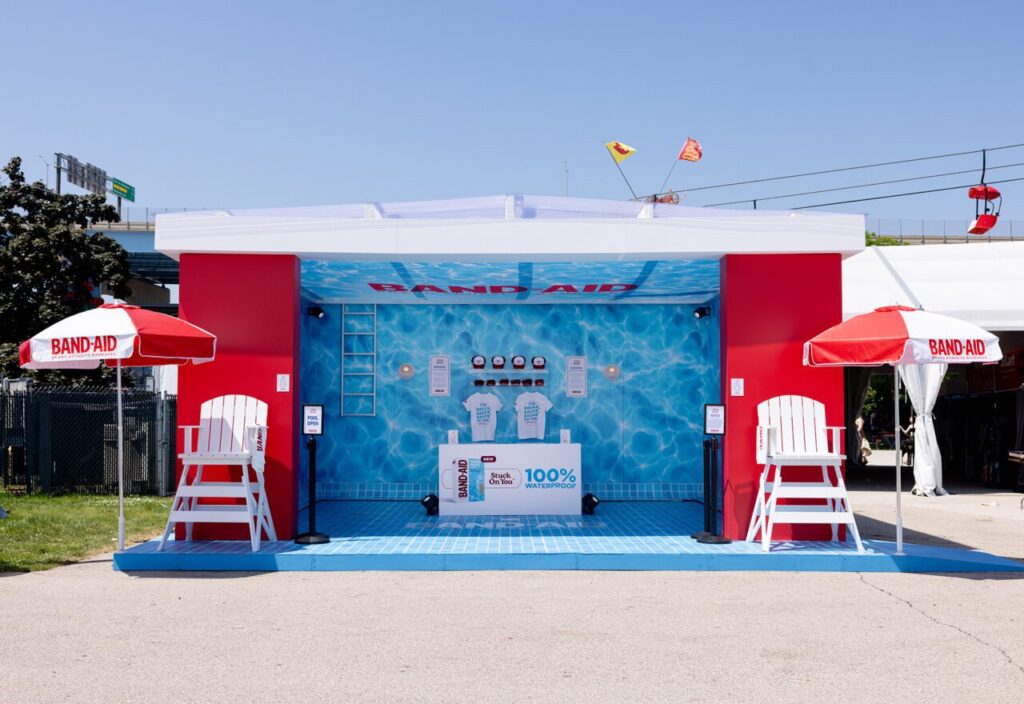Conventional wisdom states that millions can be made and businesses built through cross-selling. But it didn’t quite work that way for Spaarbeleg, a Dutch financial institution.
The firm, which has 1.6 million customers, tried to convert inbound calls into selling opportunities. But the returns “were not keeping pace with the growth targets,” said Laura E. Squier, director of North America commercial solution engineers for software vendor SPSS.
There were two reasons for this. One was that customers were getting too many messages. That, in turn, led to a high refusal rate by customers, resulting in “increased stress, burnout and higher call handle time” for call center agents, Squier said during a session at the National Center for Database Marketing conference in Orlando.
The company decided on a two-pronged approach.
“We would predict the customers most likely to respond to cross-sell, but we left it up to the agent to figure out whether they should make that offer or not,” Squier said.
When a customer calls in, the agent gets a recommendation — in real time –on what, if any, offer to make. Cross-selling is encouraged only when success if very likely. “We look at response probability, expected value and potential actions,” Squier said.
It is up to the agent to determine whether to proceed with a pitch, a decision based on any number of factors. For example, “If the customer is angry, that’s no time to make an offer,” Squier said.
This approach led to a vast decrease in agent stress. The bottom-line result? Out of 1 million inbound calls received, 180,000 were flagged for cross-selling. The agents made 60,000 offers, generating 30,000 quality leads and 22,000 product sales.
Moreover, the program generated $30 million in additional sales and “a nice increase in profit,” Squier said.
 Network
Network

